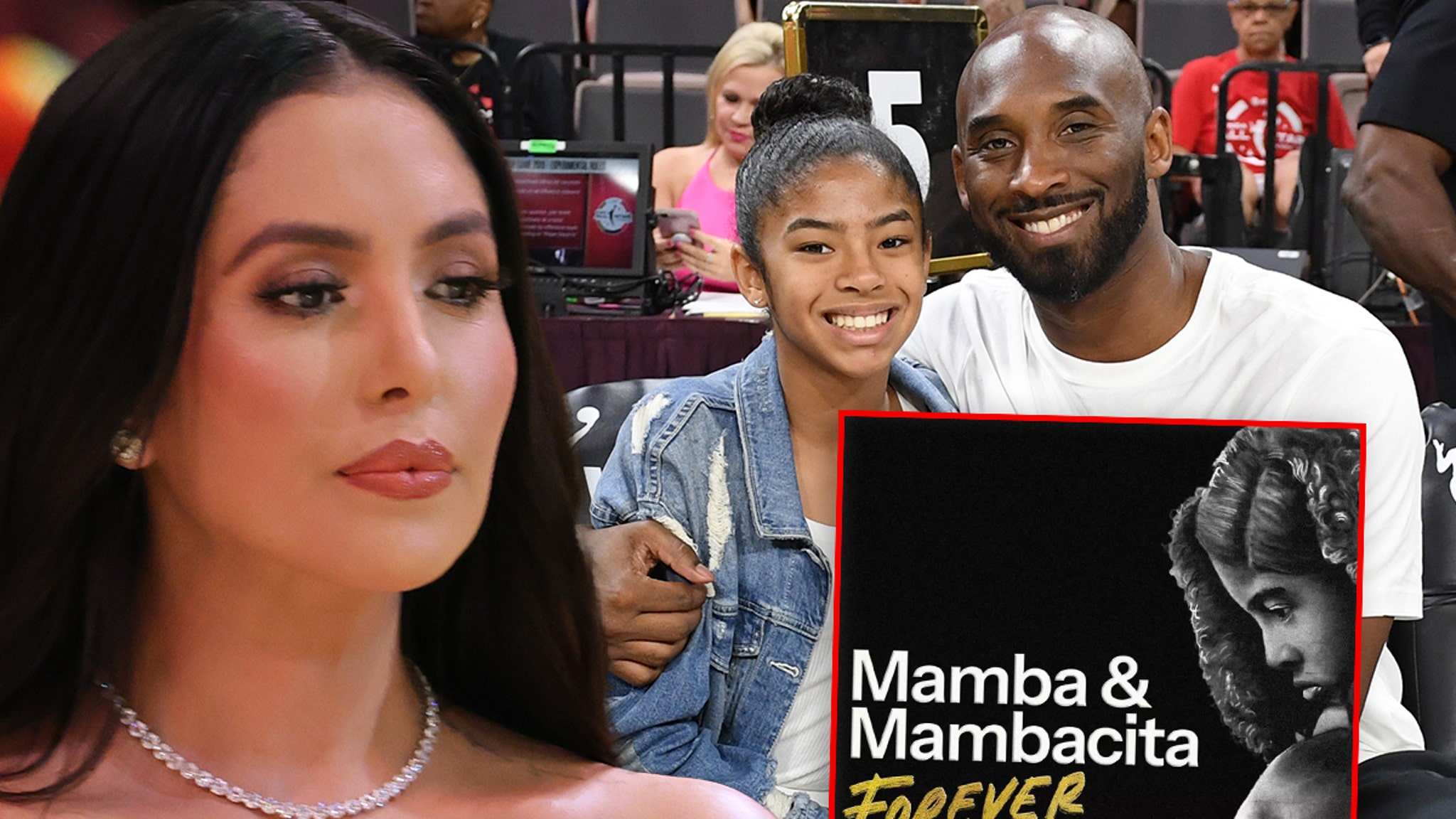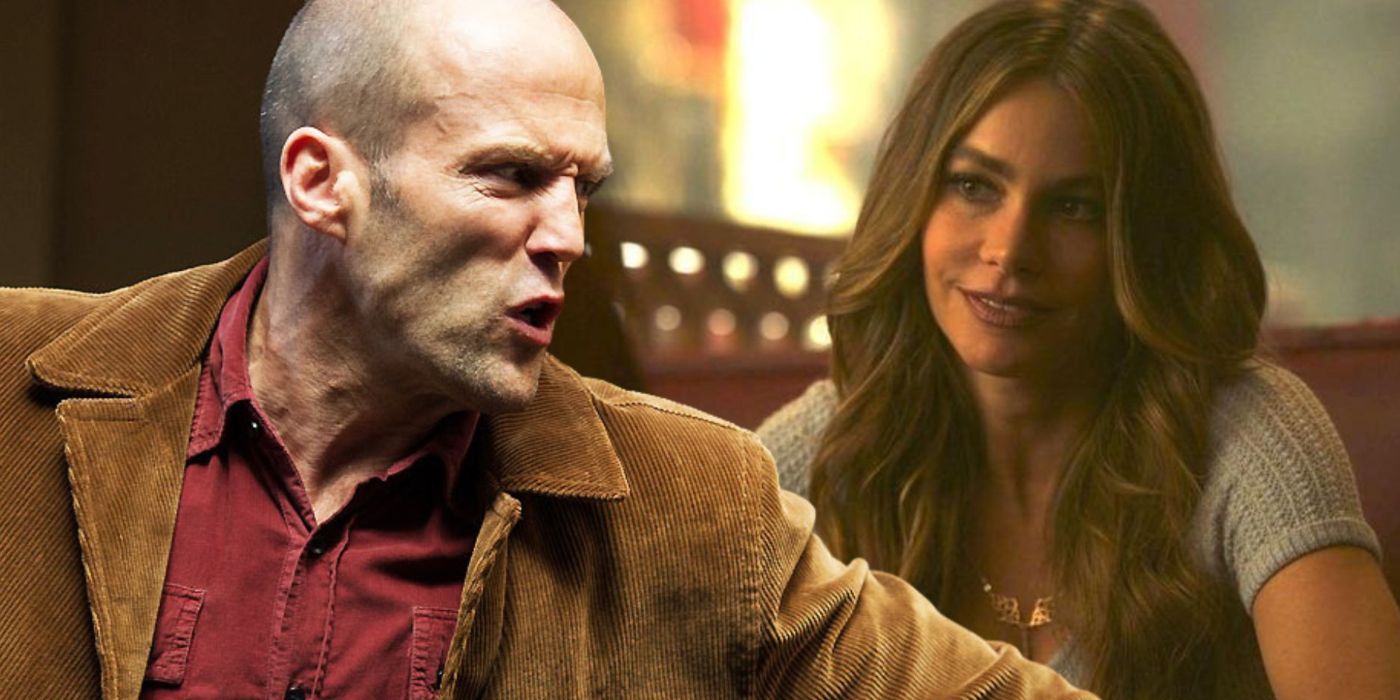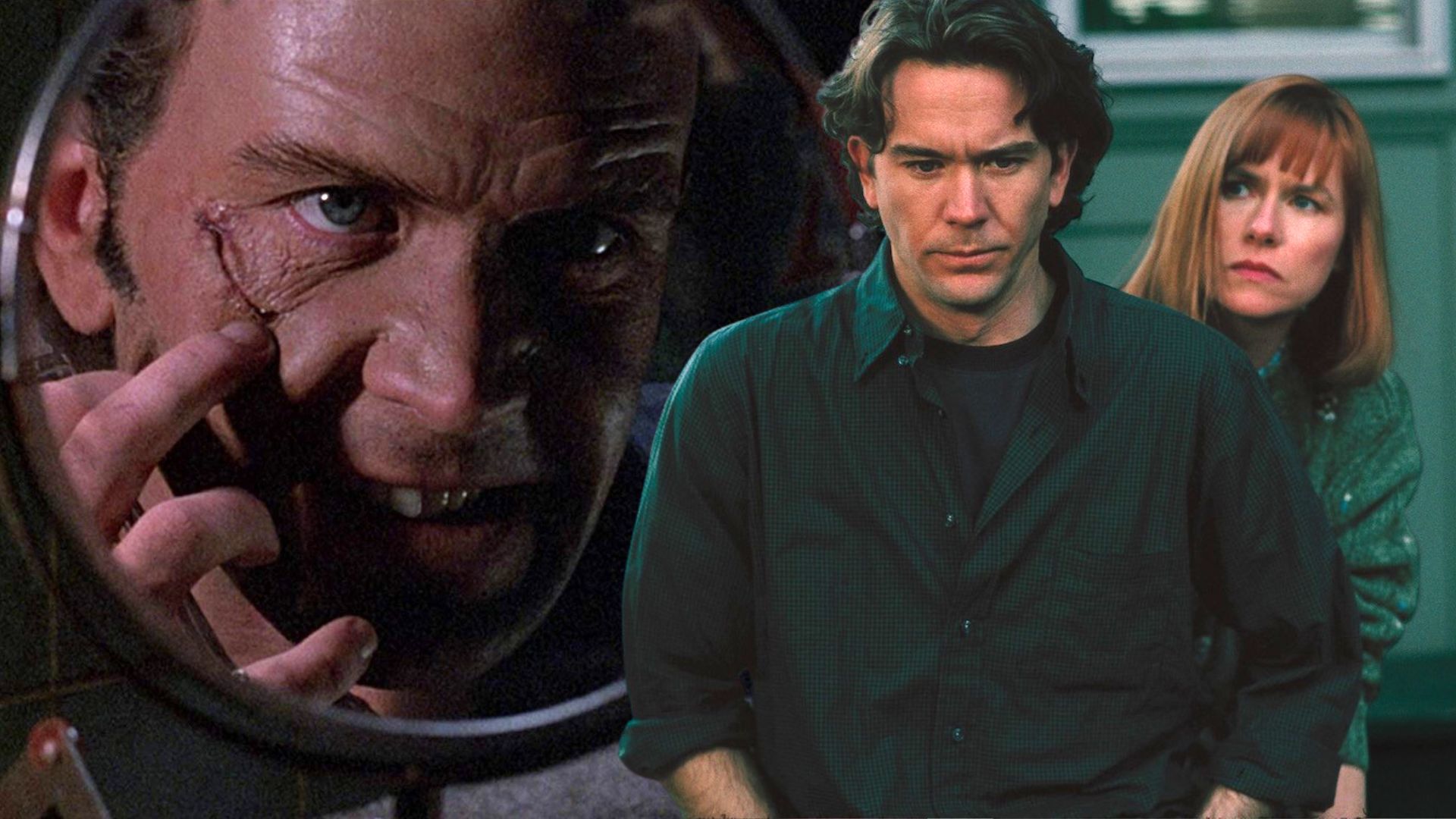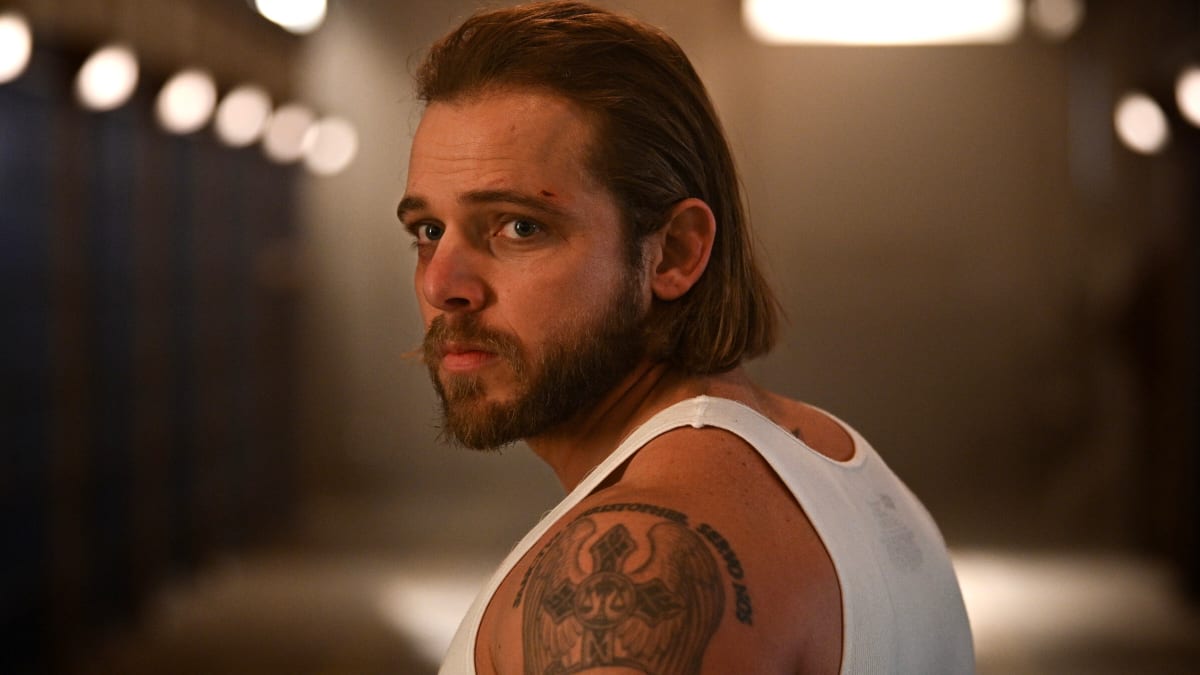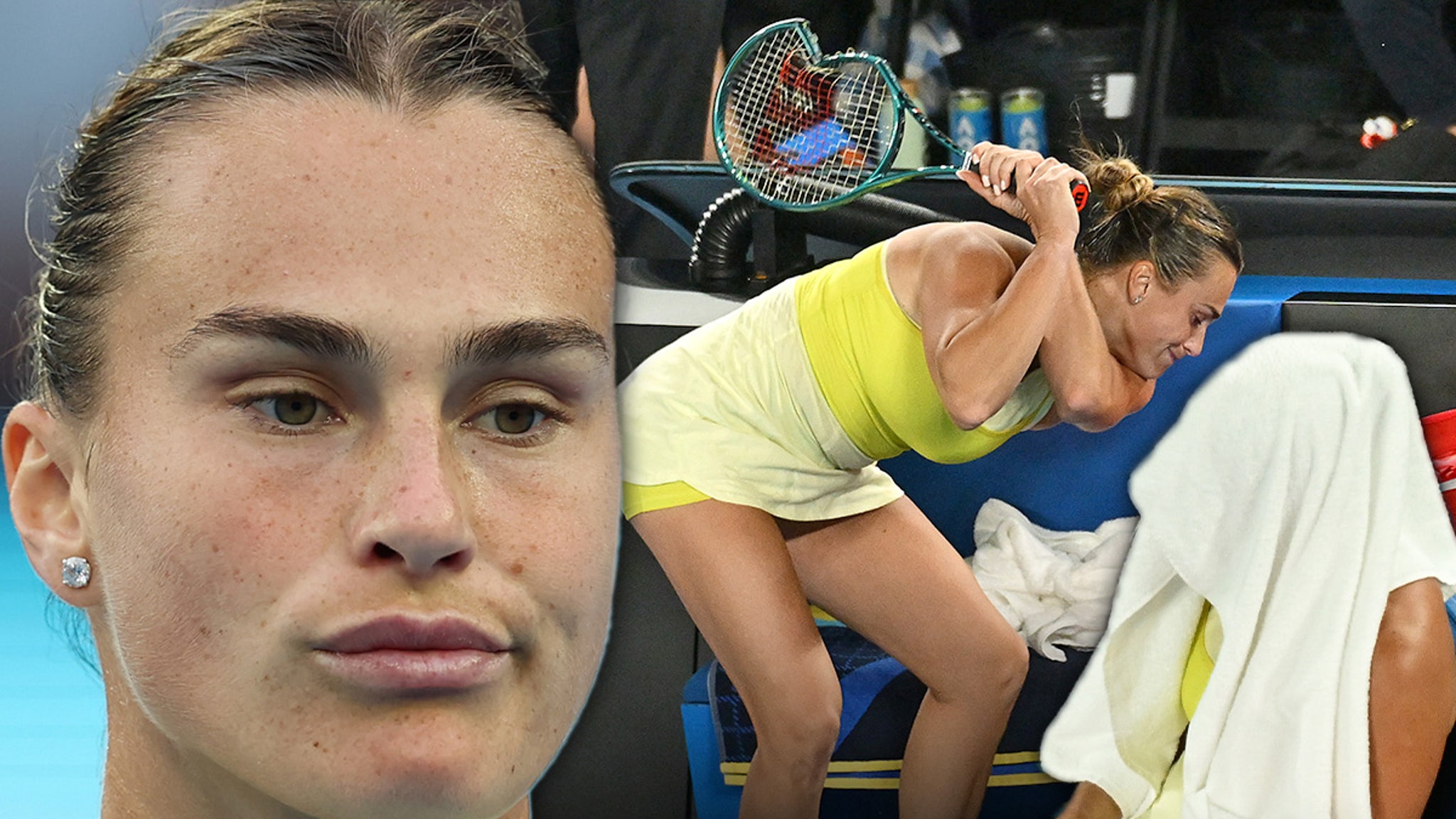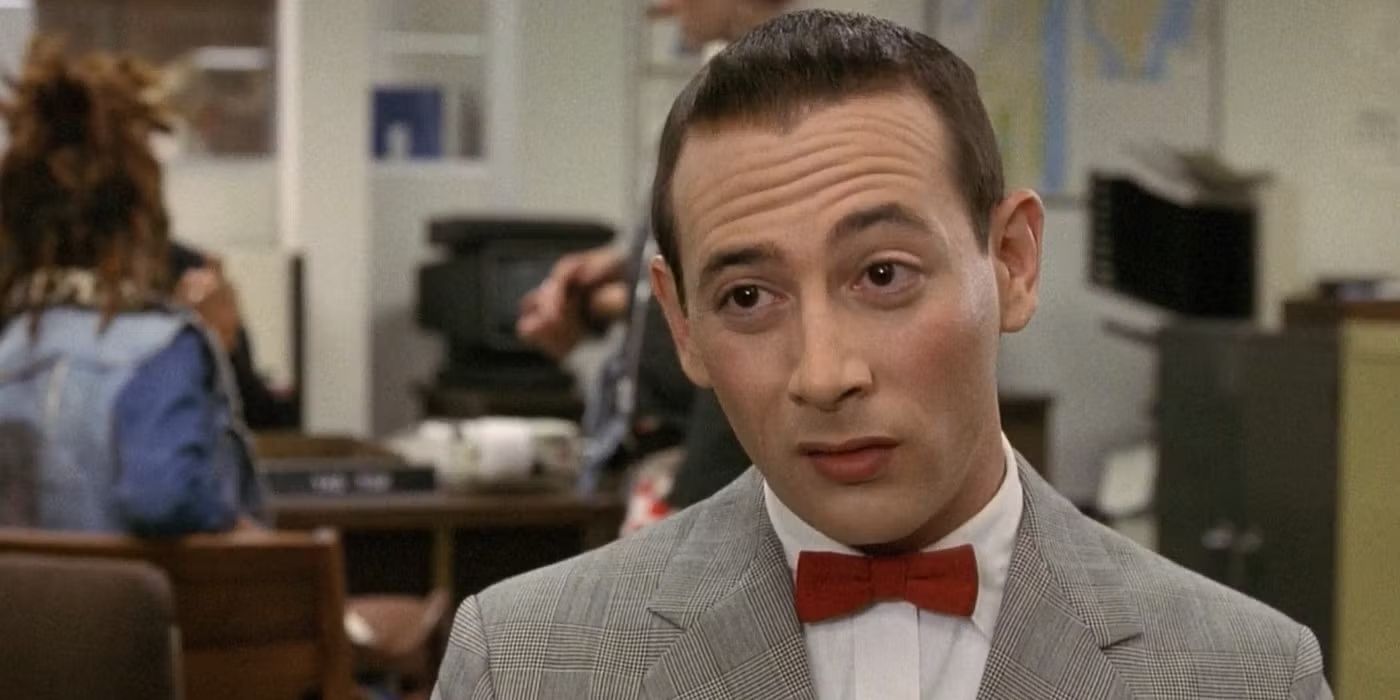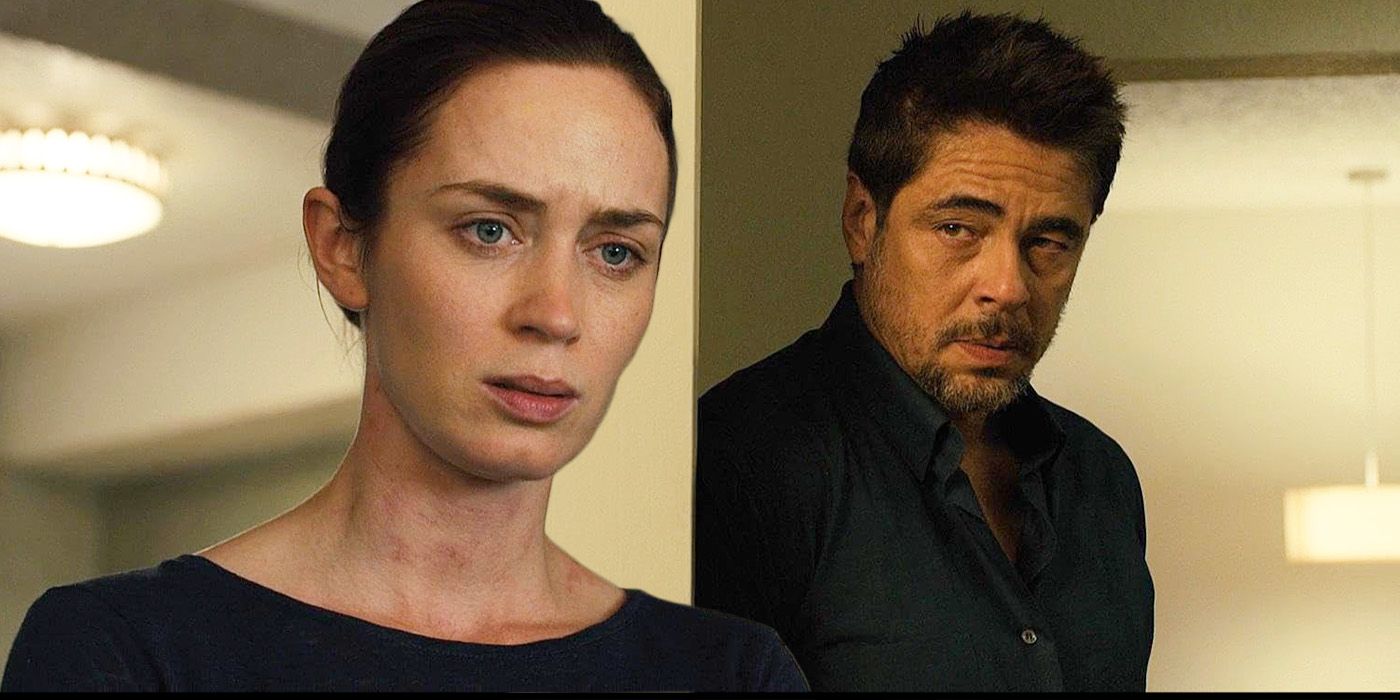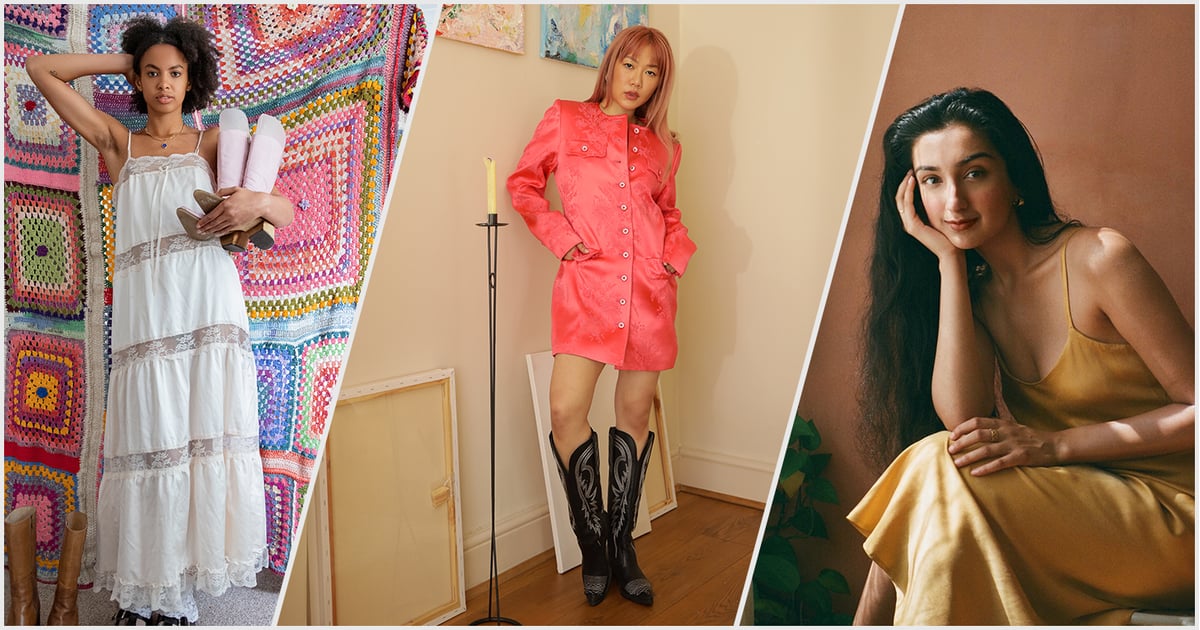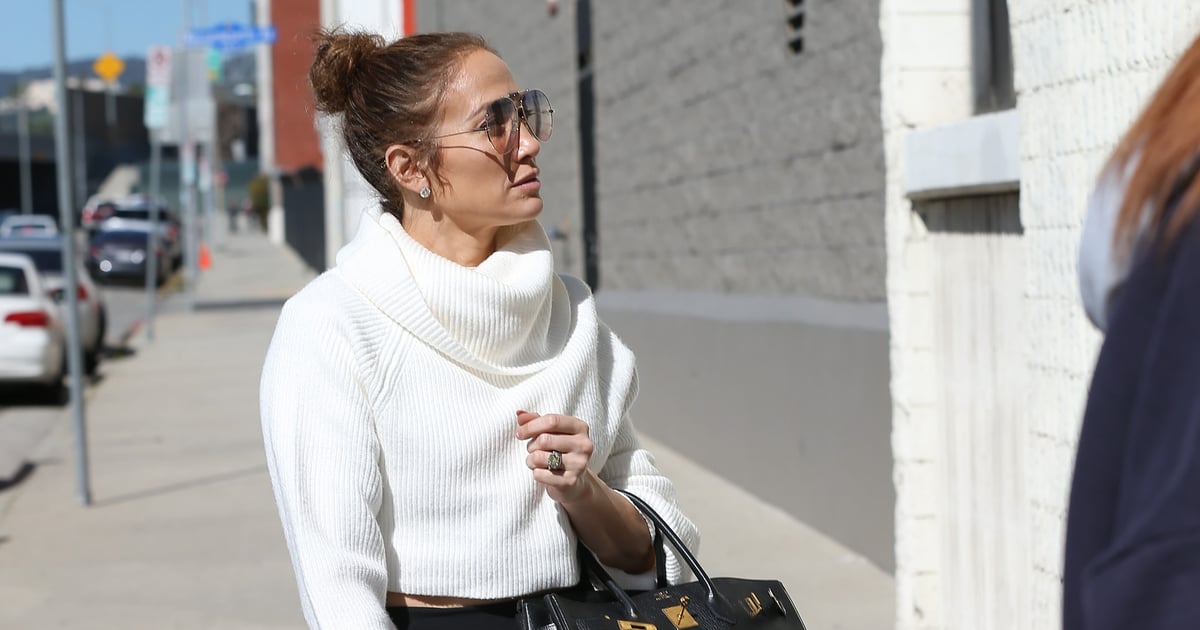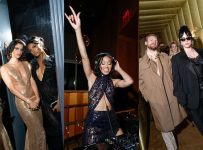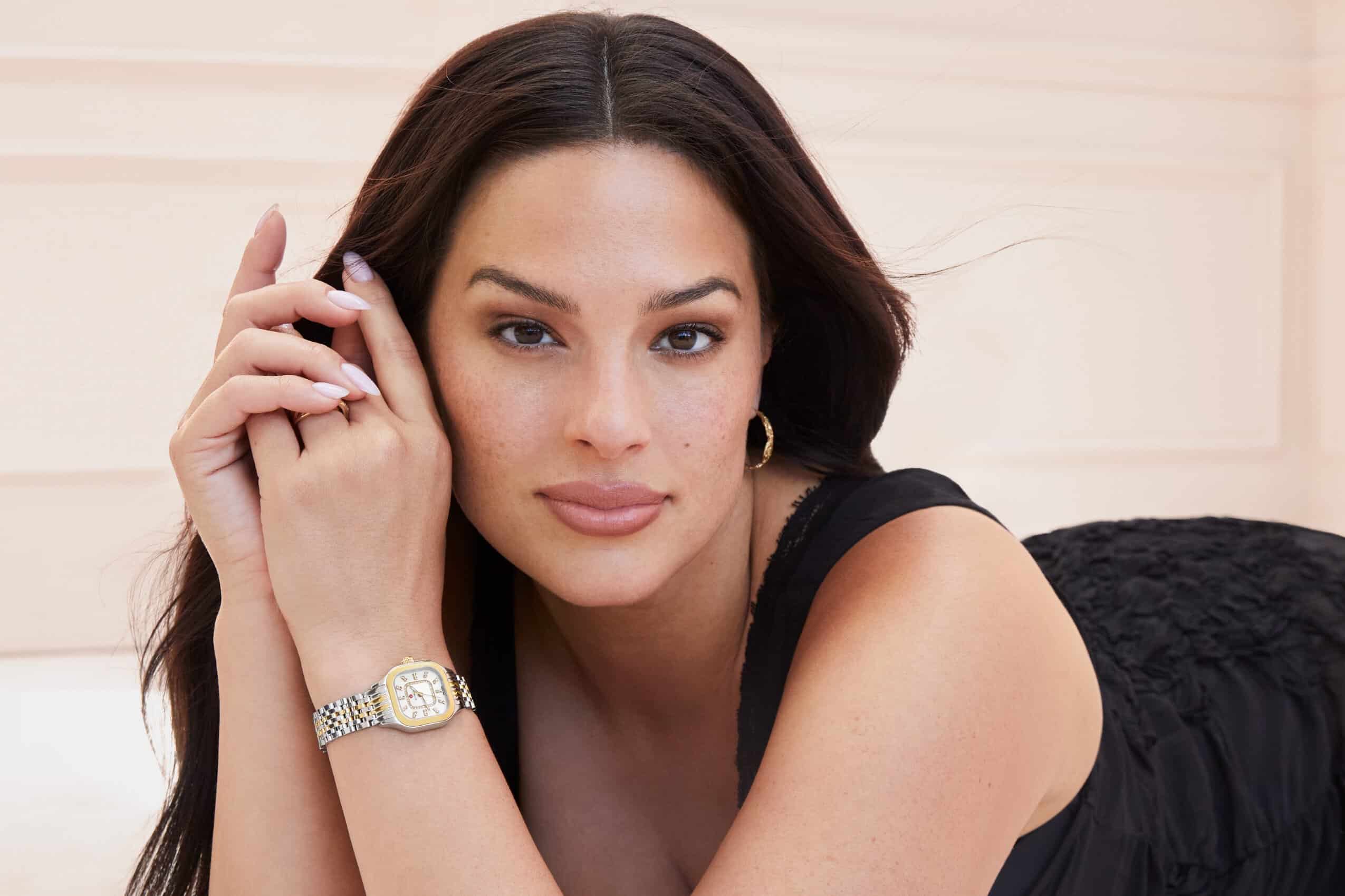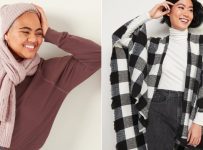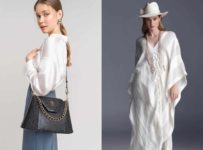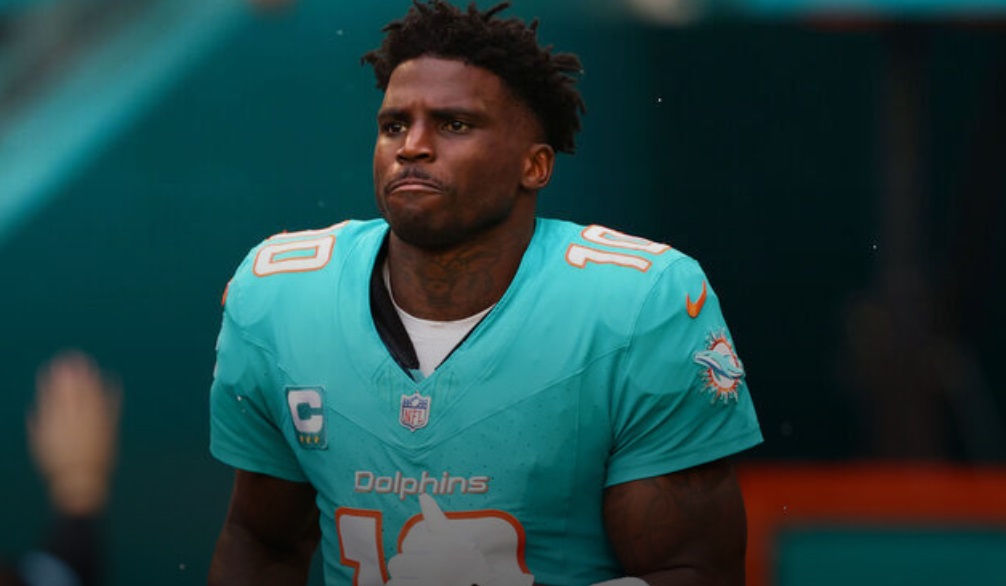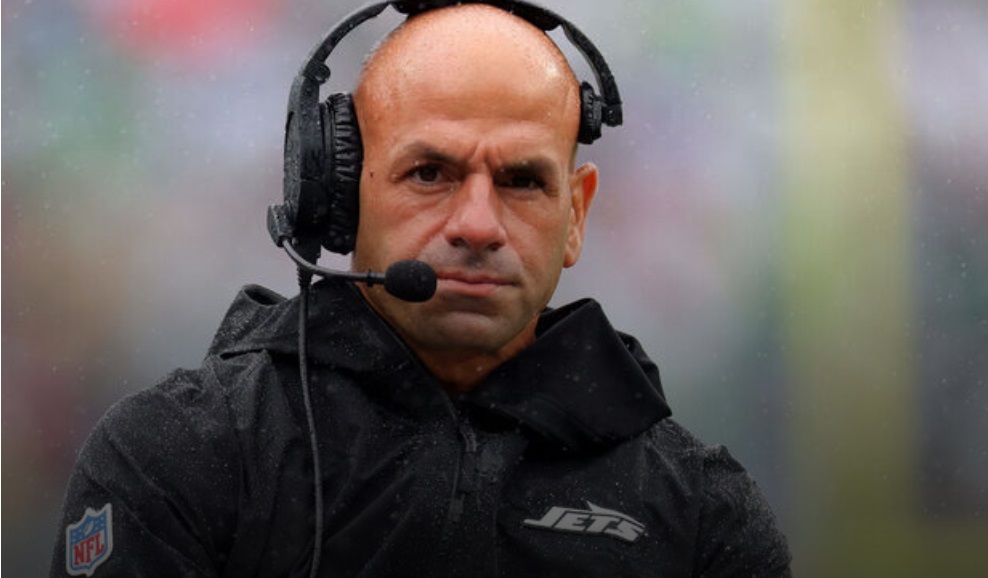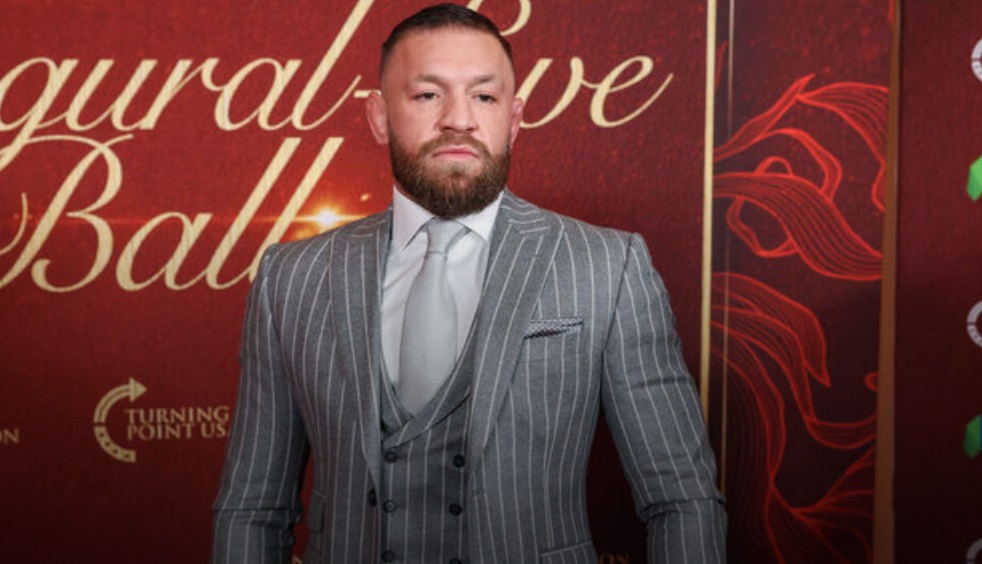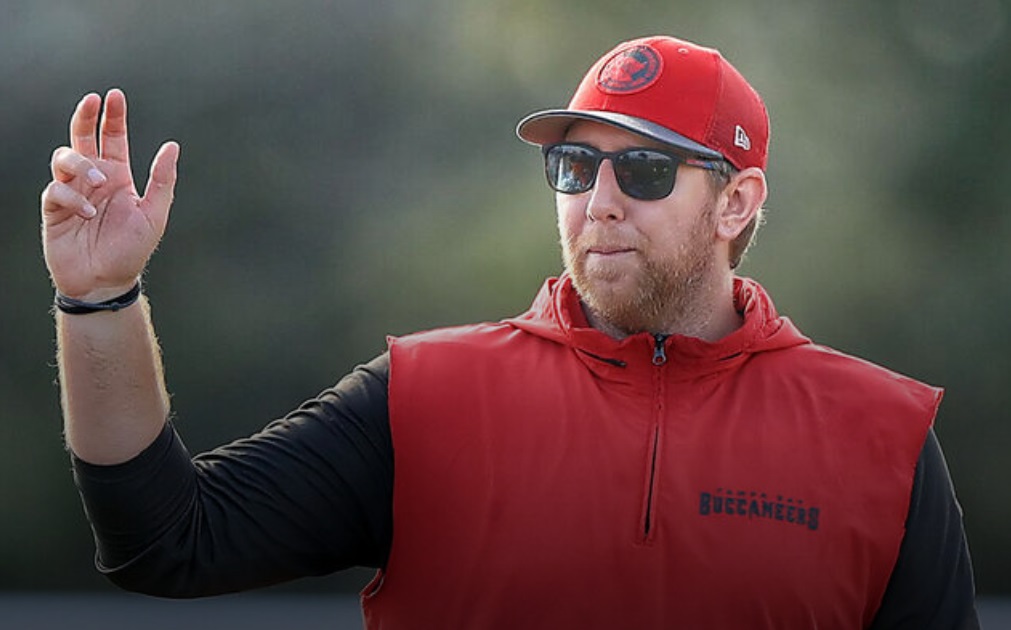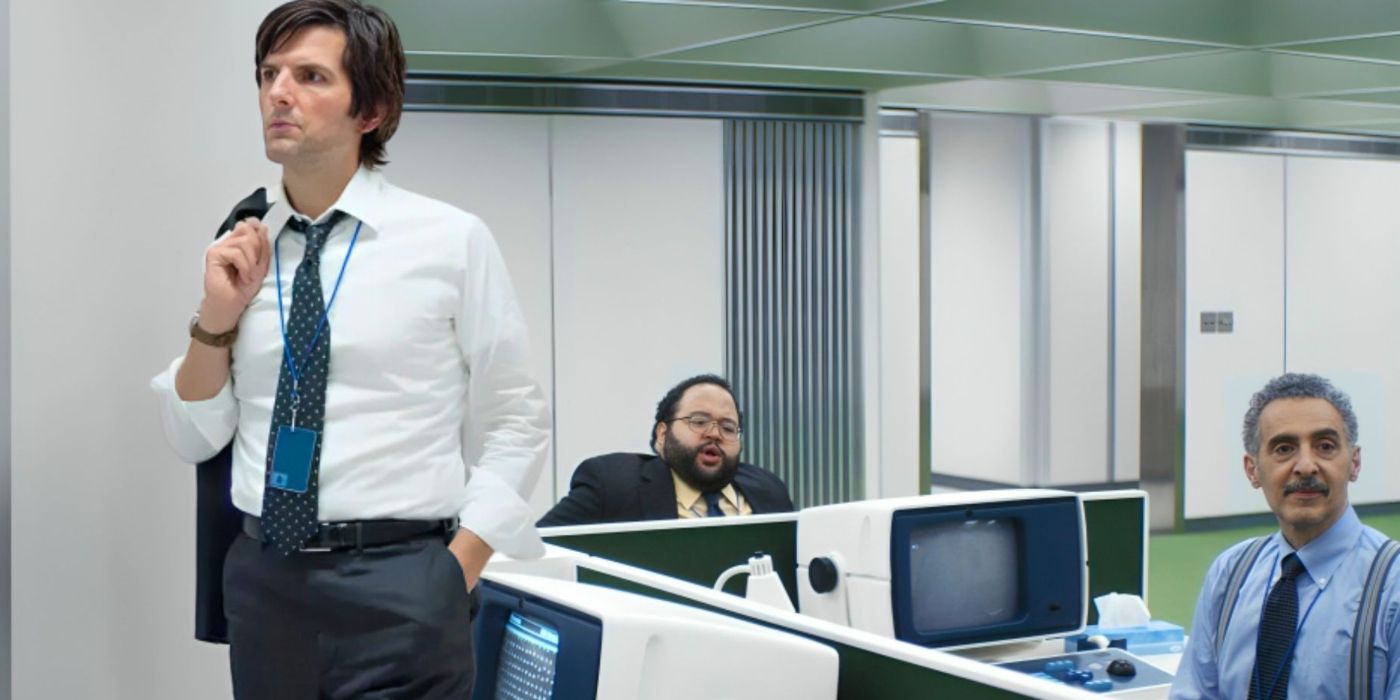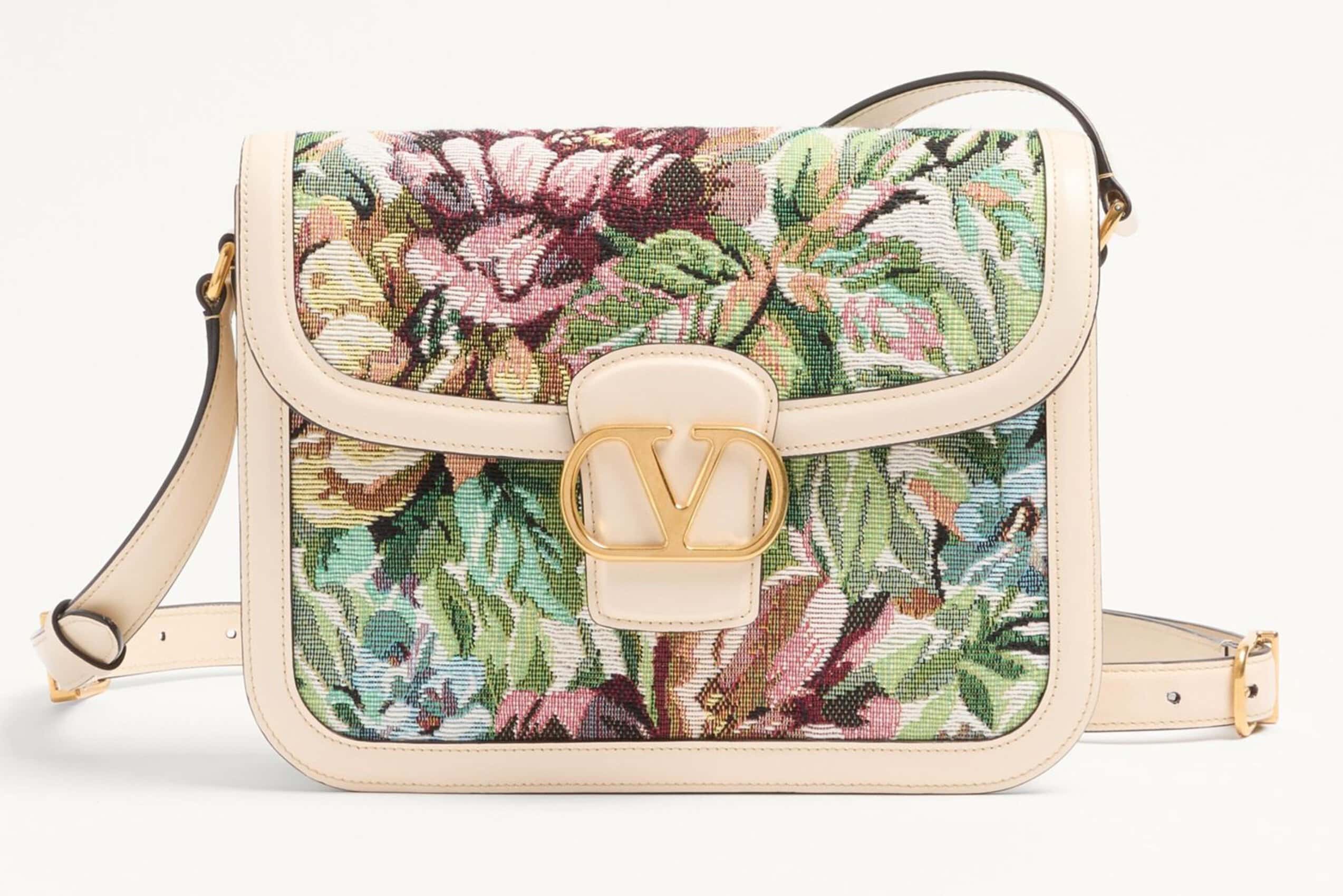Rosie Okotcha, Andrea Cheong, and Aditi Mayer. Image Sources: Laura Notlo; Alise Jane; courtesy of Aditi Mayer.
It’s likely that buzzwords like “overconsumption” and “de-influencing” are popping up on your TikTok FYP. But even as the sustainable-fashion movement continues to grow, it still often leaves behind certain demographics. Often, white people are the face of the slow- and sustainable-fashion industry, but they can miss the mark when it comes to criticizing an industry that has disproportionately affected communities of color.
By building community with each other to call out the racist, classist, and sexist practices within the sustainable-fashion industry, BIPOC influencers have provided their audiences with their own ideas for lowering their carbon footprint and resisting fast fashion. For these content creators, their work ranges from exploring the intersections of race and sustainability to bringing greater awareness to worker exploitation and fair wages.
With this in mind, POPSUGAR asked six BIPOC content creators about how the sustainable-fashion industry can help communities of color, their best thrifting tips, and more. Keep reading to hear directly from them.
Pumulo K. Nguyen (she/her) is a micro-influencer who has created an online community with her slow-fashion ‘fit checks and weekly Mug Dance Mondays.
Emma Slade Edmondson (she/her) leads her own marketing agency to help organizations improve their environmental impact. She is also an author and a podcast host and considers herself a “slow-fashion OG.”
Rosie Okotcha (she/her) is an assistant stylist with a passion for combating waste colonialism and fast fashion.
Aditi Mayer (she/they) is a fashion blogger who explores the intersection of style, sustainability, and social justice.
Andrea Cheong (she/her) is the founder of the Mindful Monday Method and author of the forthcoming novel “Why Don’t I Have Anything to Wear?”
Izzy Manuel (she/her) is an expert on ethical “dopamine dressing” and taking funky photos in her colorful wardrobe.
Q: What’s your biggest hack to finding affordable thrifted clothes and accessories?
Rosie Okotcha: Going to small towns and villages in the countryside, because things are always so much cheaper than they are in big cities. However, you do definitely run the risk of things being a little less stylish and more skewed towards country life. As part of that, though, I would also say use your imagination, and don’t get led by trendy stuff that is usually more expensive. Try to buy things that match your personal style, or experiment with upcycling if you find fabrics you love!
Izzy Manuel: My biggest hack would be to take your time and be specific. It can be so easy to just buy something because it is almost what you are looking for, whereas if you take your time, you are more likely to find the thing you are really looking for. It’s also so important to be specific when searching, whether that be online or in person. The more specific you are online, the easier it is to find something when shopping in person. If you know what you are looking for, it makes the search so much quicker, as your eyes beeline toward the right thing.
Emma Slade Edmonson: I always used to advise my style clients when I was a personal stylist to take something with you from your wardrobe that you might want to pair with a new piece. This is the easiest way to keep you in what I would call your personal style room.
“People want to put ‘sustainable fashion’ in a box and can be quite unkind to those that don’t look like they fit in.”
Aditi Mayer: Having grown up thrifting, I would say the more curated vintage and thrift stores are a bit pricier given the time spent to organize a specific selection. I personally love going to thrift stores in suburban neighborhoods and spending time going through the racks to identify a few vintage gems. We’ve seen a sharp decline in the quality of clothing in the last few decades as a result of fast fashion, so we truly see that vintage items have stood the test of time in this way. Look out for clothing swaps in your community (or better yet, organize one with your friends and larger community)!
Pumulo K. Nguyen: My favorite method for finding thrifted items I love is going to thrift stores and just spending some time really looking. There are times when you can walk into a place and immediately find a great item, but sometimes, you have to put in the time.
Andrea Cheong: What “affordable” means is different for everyone. If we can take that word to mean good value for money, then I would say look online for brands that aren’t super hyped at the moment. Classic names that have a reputation for quality. Even secondhand, you’re paying a premium if that label is having a moment. I would go for this in combination with a natural material composition.
Q: When it comes to sustainable fashion, what’s the biggest challenge you’ve faced, and how have you overcome it?
RO: I just get so bored of my clothes, and fashion is my way of getting creative and expressing myself. I suppose it’s like using the same paints and canvas over and over — it becomes a little dull. I get around this by swapping clothes with friends and upcycling and storing summer/winter stuff separately, so each season, my clothing feels fresh and exciting!
“It is so important to question ourselves when we’re about to consume.”
IM: When it comes to sustainable fashion, there has definitely been overconsumption. As a society, we are all so used to buying so many clothes, weekly, monthly, or even daily. It can be hard to break that habit. For me, the best thing I ask myself is, “Am I actually going to wear that, or am I buying it because it’s a deal, it’s unique, it’s fun?” It is so important to question ourselves when we’re about to consume, because more often than not, the answer to the questions is a yes rather than a no.
ESE: It comes down to the disconnect between mainstream fashion and the dream it sells versus the reality of its impact, particularly for Black and Brown people and Indigenous peoples across the world. The majority of the people making our clothes are Black and Brown women in the global South. The fashion industry doesn’t platform or hero these women, and more often than not, they are facing poor working conditions and inadequate compensation. Even as an (extremely privileged) Black woman myself, I have not always found working in this industry and sector easy.
I wouldn’t say that it’s something I’ve overcome — it’s an ongoing challenge to find ways to raise awareness for, to honor, and recognize and make change for the people making our clothes in a way that’s actually meaningful. We still have a long way to go to remodel the fashion space to make it equitable and ethical for all.
In regards to me and personal challenges being a woman of color in this space, I’ve found and tried to build a community of like-minded women of color. We all support each other and share information, resources, and opportunities in order to push forward and be heard as a collective.
AM: The biggest challenge is the fallacy that we need to buy our way into a new reality. Yes, conscious consumerism is important, but the most important elements of the sustainable-fashion movement include consuming less, repairing the things we own to challenge disposability culture, and of course, systemic overhauls, which we can do by supporting working movements, supporting policy work for a more fair fashion industry, such as the Garment Worker Protection Act in LA and the FASHION Act in New York.
PKN: The biggest challenge I’ve faced when it comes to sustainable fashion is that it’s not accessible profit-wise for everyone. While I understand how sustainable items are priced (materials, cost of production, fair living wage), I find that not a lot of people can spend $100-$200 on an item. When I see a brand I love but can’t afford, I look for items secondhand, usually on reseller sites. I also wait for a sale from the brand to buy a piece I had my eye on.
AC: People want to put “sustainable fashion” in a box and can be quite unkind to those that don’t look like they fit in. How can we do things differently if we echo the mainstream fashion industry that’s all about who’s in and who’s out?
Q: What has it been like to create a brand for yourself as a sustainable influencer?
RO: Mostly, I just love sharing my sustainable outfits, helping others bite back at fast fashion, and connecting with others who are engaged with combating the climate crisis. Social media can be such a great tool in making you feel connected, and the sustainable-fashion community is such a wonderful one to be part of.
IM: When it comes to creating a brand, as an influencer, you are the brand and the business. I would definitely say the ethos of the brand I have created is centered around authenticity, shame-free education, dopamine dressing, and climate positivity.
ESE: I am a marketer by trade originally, and I have built my career in sustainability through creating and producing well-known campaigns that promote sustainable and slow fashion, which encourages more conversation around sustainable futures and progressive ways of enjoying fashion.
“It starts by recognizing that the industry itself is quite literally built on the backs of communities and people.”
AM: I’m truly grateful for the online community that supports my work. It’s been almost a decade in the making, but I’d describe my personal brand as one that focuses on personal style punctuated by my South Asian identity and its craft, activism focusing on worker movements, and thought leadership on elements of our culture that tie back to fashion, such as overconsumption and de-influencing.
PKN: I’m honestly not sure about my brand. I have so many interests as a creator that sometimes I feel I may overwhelm an audience. I would say people may see my brand as a sustainable lifestyle, colorful thrifted clothes, and home decor. My Mug Dance Mondays videos have also become a part of how people find my content.
AC: I don’t really see myself as having a brand, but I understand if people do. For me, it’s more about helping people heal their reliance on shopping. It’s a mental health focus that has sustainable benefits to your wardrobe.
Q: How do you think the fashion industry — especially the sustainable-fashion industry — can support communities of color?
RO: I suppose part of the sustainable-fashion movement’s goal as a whole is to give a voice to garment workers and those who are affected by things like waste colonialism. Unfortunately, most of those who suffer the effects of fast fashion and climate change are people of color. So I feel that the space I work within aims to bring awareness to these issues and provide alternatives to the climate and humanitarian crisis that is fast fashion. However, as an actual movement separate from the work it aims to do, I feel that it is just becoming a diverse space and is a primarily white one with some uplifting to do for the people of color who are active within it.
IM: I think the most important thing is authentic diversity and fair pay, as well as talking about who made the clothes we own. Out of the 74 million textile workers, 80 percent of them are women of color, and some research estimates that only two percent of them are paid living wages. There needs to be so much more conversation around this to make the fashion industry more sustainable.
ESE: It starts by recognizing that the industry itself is quite literally built on the backs of communities and people, more specifically women of color. We should approach everything we do with this at the forefront of our minds. If there’s an initiative, a panel, an event and women of color are not being represented within these spaces, we need to ask ourselves why? The industry needs to look at where it is extracting the majority of its resources and materials from and where it is dumping its waste, because often, these practices are harming communities of color.
“It was really other women of color that offered me opportunities and visibility.”
AM: If sustainable fashion exists to challenge the way the fashion industry has operated, then it must go beyond just the considerations of human labor and the environment and interrogate who has been able to exercise true agency. It’s a conversation tied to class, gender, and race. A large part of my personal platform is spotlighting the work of BIPOC brands and designers and addressing the need to create solutions that understand the context of regional issues and can present aesthetics that honor cultural craft rather than appropriate it.
PKN: I think the fashion industry as a whole needs to start looking at who is making their clothes and how much those people are being paid. On average, brands outsource their labor to what we would consider underdeveloped nations, primarily in Asia and Africa. A lot of the time, women of color in these countries are working and being paid way below a living wage. As far as supporting communities of color, I think the fashion industry could begin to see the talent we have. Opportunities may not always be available to everyone, and the industry needs to realize that talent and innovation is abundant in these communities when given a chance.
AC: If I reflect on my career, it was really other women of color that offered me opportunities and visibility. So I would say it’s about visibility — through recognizing, respecting, and even elevating the fact that sustainable fashion looks different to everyone and that there are cultural nuances present.
You can view the original article HERE.

